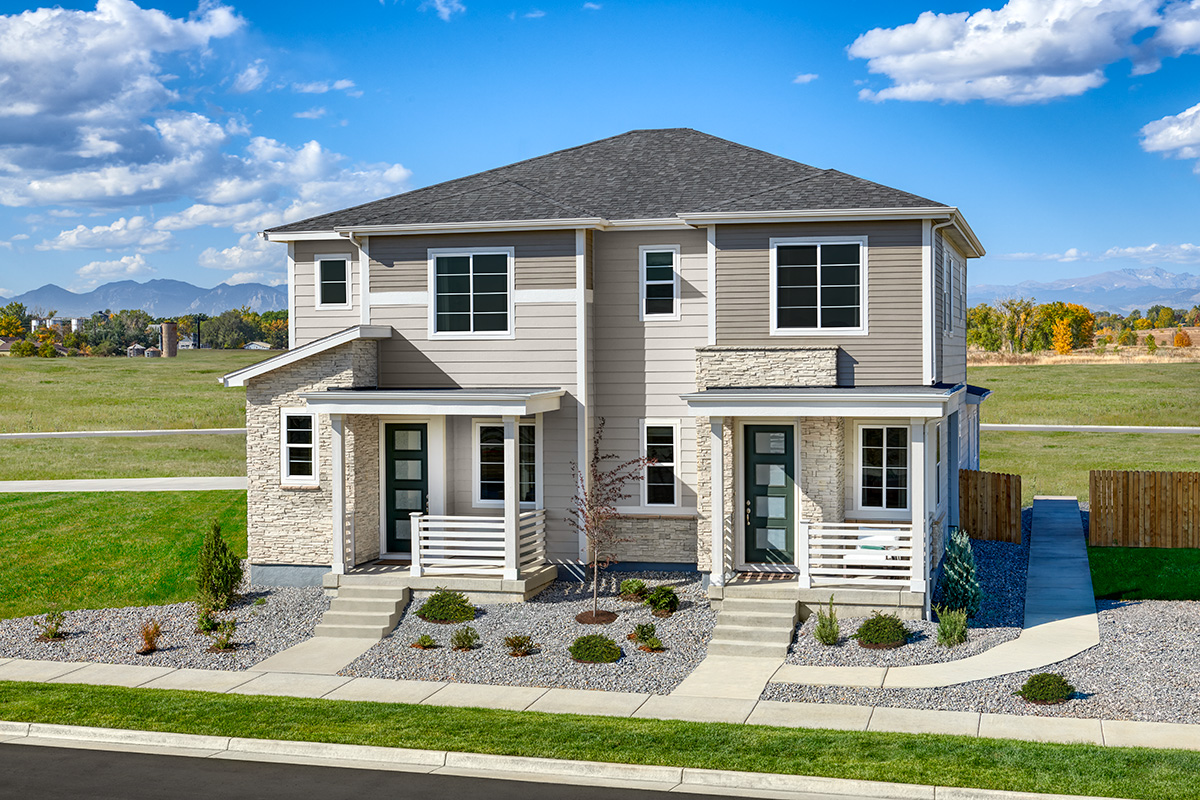As a real estate agent, you’re not just helping clients find the perfect home—you’re also guiding them through one of the most complex financial decisions they may ever make. One topic that frequently causes confusion, especially among first-time homebuyers, is the difference between earnest money vs. down payment.
Many buyers mistakenly assume that these two terms are interchangeable. As a trusted advisor, it’s your job to clarify this distinction early in the homebuying process. Doing so not only builds trust, but helps your clients feel more confident and informed—two key ingredients for a successful transaction.
Why clients can get confused
The terms “earnest money” and “down payment” both involve upfront costs, which makes it easy for buyers to conflate the two. However, their purposes, timing, and application are quite different. By understanding the key differences between earnest money vs down payment, you’ll be better equipped to set accurate expectations and help your clients avoid surprises at contract signing or closing.
What is earnest money?

Earnest money can be considered a “good faith deposit” that a buyer provides to show serious intent to purchase a home. It is submitted along with the offer or at the time the contract (purchase agreement) is signed and is meant to demonstrate the buyer’s commitment to complete the transaction. This deposit is typically held in escrow and later applied toward the buyer’s down payment or closing costs.
How much earnest money is collected?
The short answer is, it depends. The amount generally ranges from 1% to 5% of the home’s base price, though this can vary depending on the location, the builder’s policies, and whether the home is move-in ready or built from the ground up. Whether or not earnest money can be refunded depends on the terms outlined in the purchase agreement. If the buyer withdraws from the deal for a reason not covered by the contract’s contingencies, the earnest money may be forfeited.
Agent tip: Have the on-site sales representative or the builder’s rep clearly explain the earnest money requirements before your client signs anything. Buyers often assume this payment comes at closing, and clarifying this early in the process can prevent a lot of unnecessary confusion—and stress.
What is a down payment?
A down payment is the portion of a home’s purchase price that the buyer pays upfront at closing, and it plays a significant role in the financing process. The down payment amount can vary depending on the type of loan, the buyer’s credit profile, and the lender’s guidelines. For instance, conventional loans often require a down payment between 5% and 20%, while FHA loans may allow for a minimum down payment as low as 3.5%, making it easier for entry-level borrowers to save up for a new home.
The primary purpose of the down payment is to reduce the total loan amount needed to finance the home. Additionally, the size of the down payment can affect whether the buyer is required to pay for private mortgage insurance (PMI). Used to protect the lender in the event a borrower defaults on a mortgage, PMI is typically required for down payments of less than 20% of a home’s purchase price on a conventional loan.
What About VA or USDA Loans?

In some cases—such as Department of Veterans Affairs (VA) or United States Department of Agriculture (USDA) loans—the buyer may not need to make a down payment. However, they’ll still need to provide an earnest money deposit. In these situations, that earnest money can often be credited toward closing costs or returned at closing, depending on how the contract is structured.
Earnest money vs. down payment: how to explain it to clients
To help clients understand the difference between earnest money and a down payment, use this analogy: Earnest money is like a handshake—a sign of commitment. The down payment is the financial cornerstone that helps secure the loan.
- Earnest money is paid when the contract is signed and it’s held in escrow. It shows the buyer’s intent to purchase, typically amounts to 1% – 5% of the home’s base price, and may be forfeited if the buyer backs out of the purchase. If the deal moves forward, it’s often applied toward the down payment or closing costs.
- The down payment, usually 3% – 20%+ of the home’s price, is paid at closing and goes directly toward the purchase. It plays a key role in qualifying for the mortgage and is generally refundable if the deal falls through, depending on financing terms.
Help clients navigate the big picture

Understanding earnest money vs. down payment is key to a smooth homebuying experience. As a real estate professional, your ability to break down these financial elements into simple, relatable terms will make a lasting impression on your clients—and likely lead to repeat sales and more referrals down the road. When clients feel informed, they feel empowered—and that’s where you shine.
Need a trusted lender for your buyers?

Refer them to a reputable mortgage professional, such as HomeAmerican Mortgage Corporation (see licensing info), early in the process to help answer any financing questions they may have. If you work with an in-house or preferred lender, be sure to offer them as a resource to explain down payment options, loan programs, and how earnest money is applied.
We hope this breakdown of earnest money vs. down payment will be of assistance to you as you help your clients navigate the homebuying process. Happy selling!
Explore our house hunting tools
Save & share floor plans, communities & listings with your clients. Get real estate alerts. Find out about upcoming events. It’s all free with your agent account.





